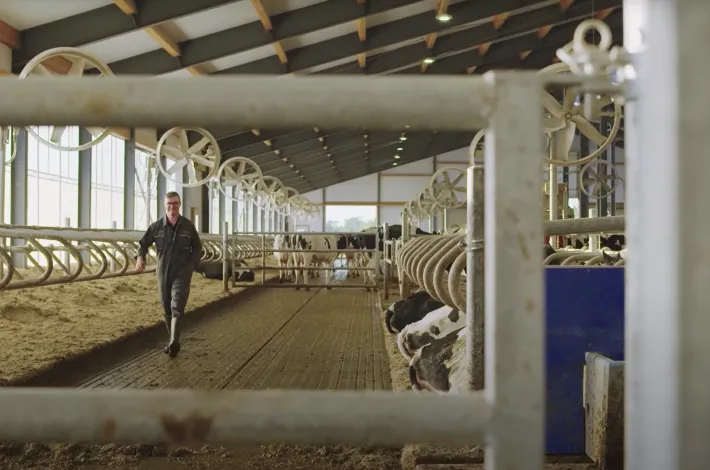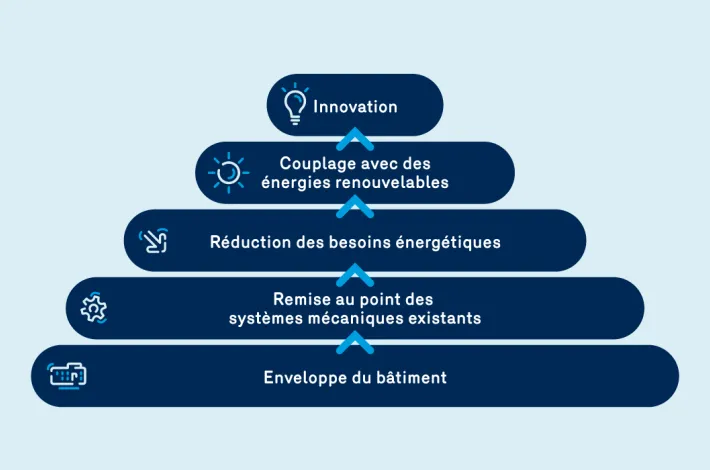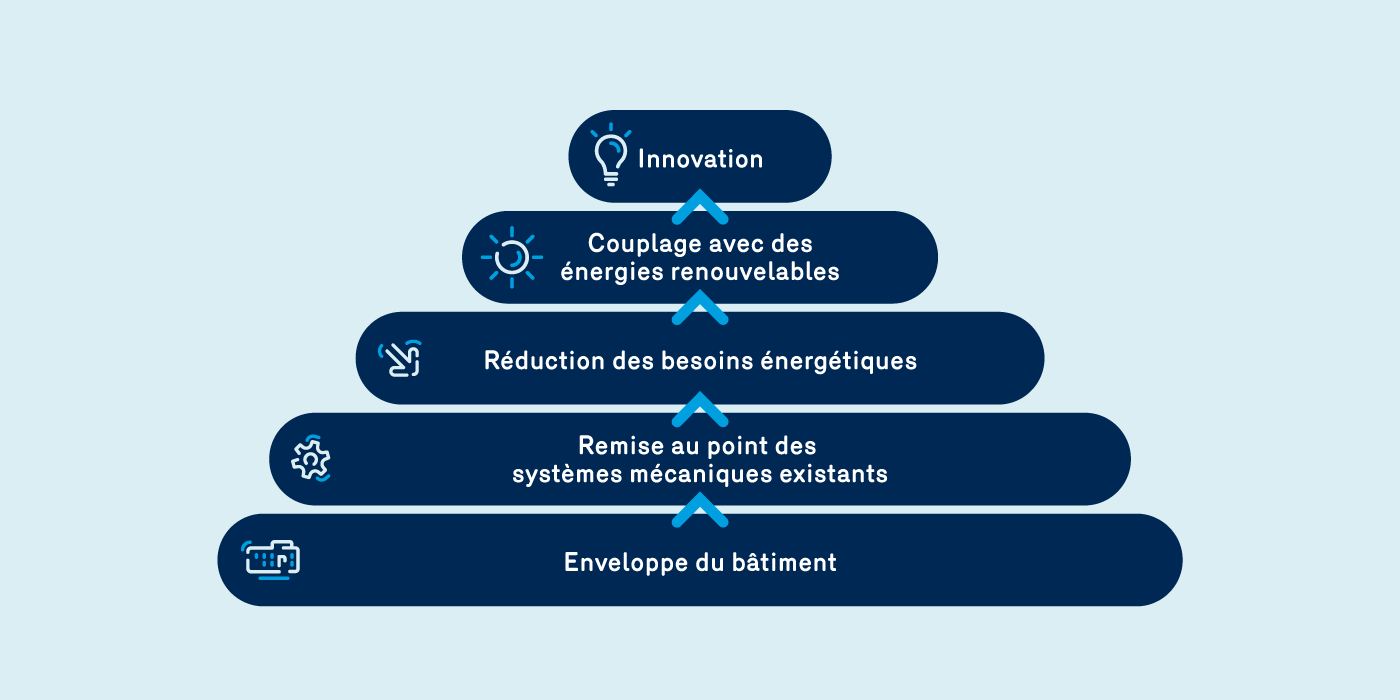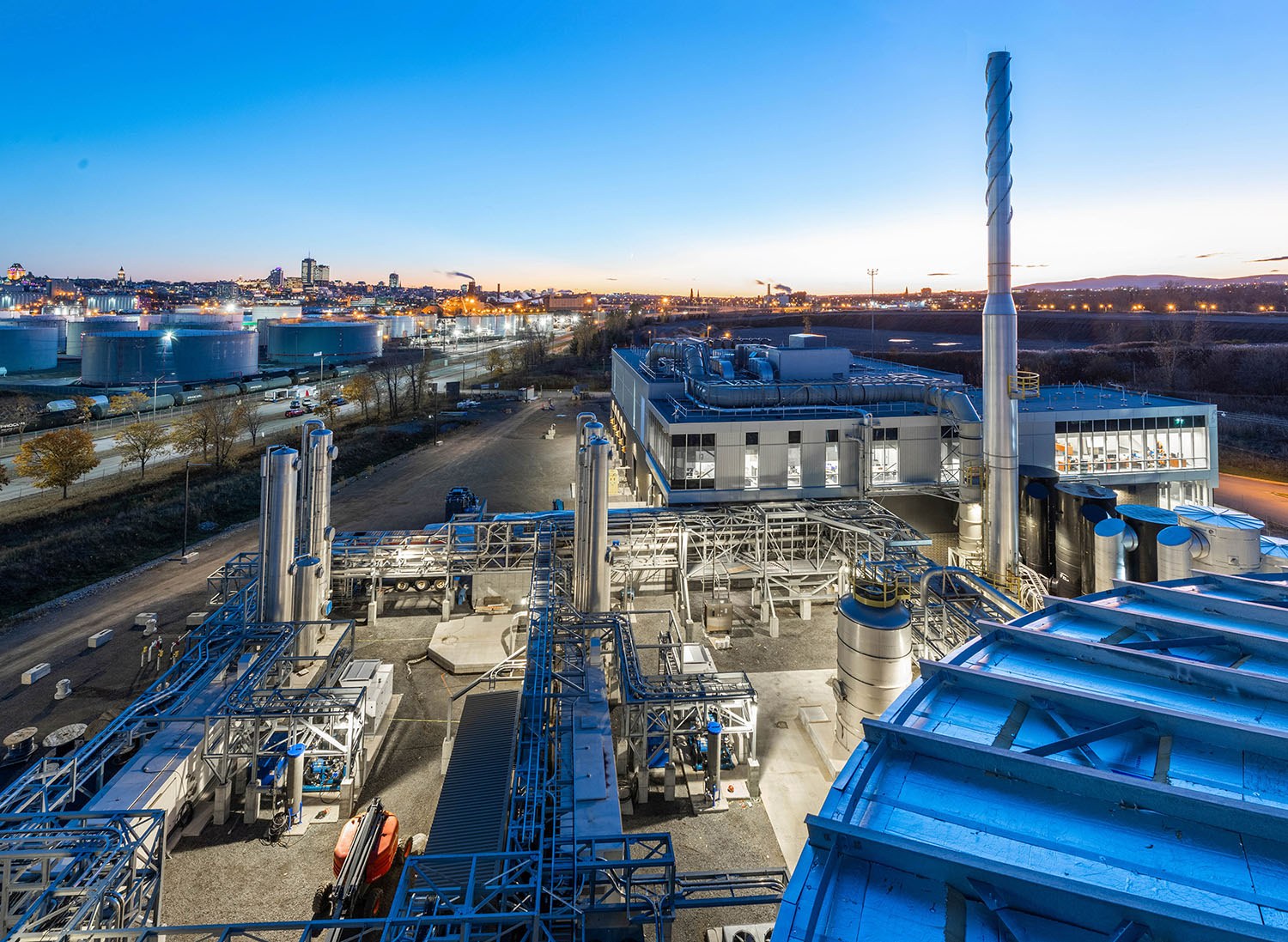
Natural gas takes to the road

Is natural gas about to dethrone diesel to become the road transport fuel of the 21st century? That prediction may seem bold, but the more and more rapid adoption of liquefied natural gas (LNG) and compressed natural gas (CNG) engines can be seen in various activity sectors.
While the movement is in its early days, it is gaining in scope. Almost everywhere in North America, managers are converting their vehicle fleets to natural gas. More than 50 models are already available from manufacturers.
In Québec, Robert Transport was the first trucking company to commit to a major investment: the company already operates 125 natural gas trucks. In the waste management sector, EBI, BFI, ABC environnement and Gaudreau Environnement are currently developing their fleets (pump trucks, garbage collection/recycling trucks, etc.). Also, three new LNG ferries belonging to the Société des traversiers du Québec will be navigating the St. Lawrence. And many more projects are at the study stage.
Why the enthusiasm? Principally to reduce dependency on diesel and oil, which are more expensive and more polluting. In fact, natural gas has two key advantages: it offers fuel savings of 30-40% per kilometre and up to 25% fewer greenhouse gas (GHG) emissions.
Reduce costs and emissions
From an environmental point of view, natural gas emits significantly less GHGs than diesel on a ‘well-to-wheel’ comparison, that is, throughout the production and consumption cycle. As well, natural gas vehicles emit fewer atmospheric pollutants, such as sulphur dioxide and nitrogen oxides. As a bonus, they are quieter; for example, the noise from just one diesel bus that is idling (waiting) is ten times higher than a natural gas model.
Technological momentum
Manufacturers have recently begun to produce natural gas vehicles with power, torque and efficiency similar to diesel during intensive daily operation. So, given equal efficiency, natural gas becomes an attractive option.
The more the interest grows, the more refuelling stations are developed. Right now, natural gas vehicles can refuel at various public or private refuelling points.
Liquefied or compressed?
Since natural gas has less energy by volume than diesel or gasoline, it has to be liquefied or compressed in order to store the equivalent quantity of energy on board a vehicle.
When it is chilled to -160°C, natural gas becomes a liquid and thus occupies a volume that is 600 times smaller. Liquefied natural gas thus becomes ideal for long-distance travel or for heavy loads. LNG is stored in double-walled cryogenic tanks and is re-gasified when it flows from the tank to the engine.
As for CNG, it is stored in cylinders at 300 times atmospheric pressure, which reduces the volume by an equal amount. And, since a larger quantity of energy than LNG can be stored in the same space, it is the ideal choice for short-range daily trips. It is typically used by garbage collection/recycling trucks, regional transportation services, inter-city buses, parcel delivery trucks, and all kinds of municipal vehicles, as well as elevator cabs, racing tractors and skating rink resurfacing machines.
You may also like...


Energy, Sustainable development
Coop Agri-Énergie Warwick, a model of environmentally responsible agriculture


